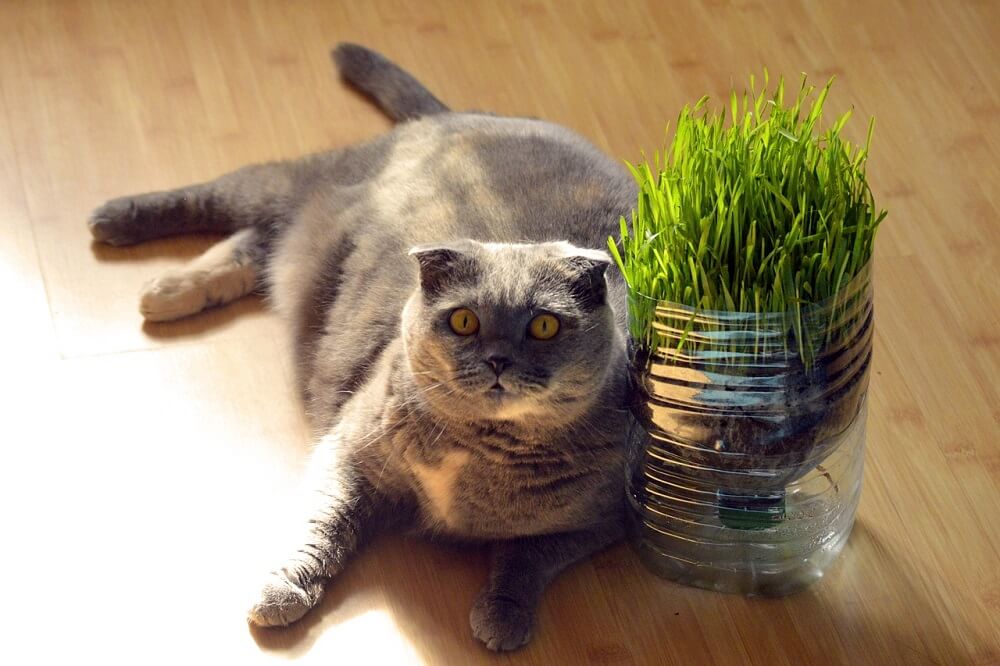How to Make a Cat Lose Weight
In recent years, the issue of feline obesity has become increasingly prevalent among domestic cats. Just like humans, overweight cats face a higher risk of various health problems, including diabetes, joint issues, and heart disease. Fortunately, with the right approach to diet and exercise, you can help your cat shed excess pounds and improve their overall well-being.
Understanding Cat Weight Issues
Before diving into weight loss strategies, it’s essential to understand how to identify if your cat is overweight. Typically, a cat is considered overweight if their ribs are difficult to feel beneath a thick layer of fat and their waistline is not easily visible when viewed from above. Obesity in cats can result from overfeeding, lack of physical activity, or certain medical conditions.
Creating a Weight Loss Plan for Your Cat
To effectively help your cat lose weight, it’s crucial to consult your veterinarian. They can provide personalized advice based on your cat’s current health status and dietary needs.
1. Consult Your Veterinarian
Begin by scheduling a veterinary appointment to assess your cat’s weight and overall health. Your veterinarian will evaluate your cat’s body condition score (BCS) and may recommend specific dietary changes and exercise routines tailored to your cat’s needs.
2. Adjusting Your Cat’s Diet
Diet plays a central role in weight management for cats. Here’s how you can make dietary adjustments to aid in weight loss:
- Choosing the Right Food: Opt for high-protein, low-carbohydrate cat food formulas designed for weight loss. These diets help cats feel full while reducing calorie intake.
- Controlled Portion Sizes: Measure your cat’s food portions carefully to avoid overfeeding. Your veterinarian can provide guidelines on the appropriate amount of food for weight loss.
- Scheduled Feeding Times: Establish a consistent feeding schedule rather than free-feeding your cat throughout the day. This helps regulate calorie intake and promotes a healthier eating routine.
3. Incorporating Exercise
Increasing physical activity is essential for burning calories and improving your cat’s fitness level. Here are effective ways to encourage exercise in your overweight cat:
- Interactive Play Sessions: Engage your cat in interactive play sessions using toys such as feather wands or laser pointers. These activities stimulate natural hunting instincts and encourage movement.
- Encouraging Movement: Provide opportunities for your cat to climb, explore, and chase toys. Consider investing in cat trees or scratching posts to promote active behavior.
- Gradual Increase in Activity: Start with short play sessions and gradually increase the duration and intensity of exercise as your cat becomes more accustomed to physical activity.
Monitoring Progress
Tracking your cat’s progress is essential to ensure the effectiveness of your weight loss plan. Here’s how you can monitor your cat’s weight loss journey:
- Regular Weigh-Ins: Weigh your cat regularly to monitor changes in their weight. Your veterinarian may recommend weighing your cat weekly or bi-weekly to track progress accurately.
- Adjusting the Plan: Based on your cat’s weight loss progress, adjust their diet and exercise routine as needed. Your veterinarian can provide guidance on making necessary adjustments to achieve optimal results.
Overcoming Challenges in Cat Weight Loss
Weight loss efforts for cats may encounter challenges, particularly with cats who are picky eaters or resistant to exercise. Here are strategies to overcome common obstacles:
- Dealing with Picky Eaters: Experiment with different types of weight loss cat food to find one that your cat enjoys. Gradually introduce new foods to avoid digestive upset.
- Motivating Resistant Cats: Use positive reinforcement techniques such as treats or praise to encourage your cat during exercise sessions. Make activities fun and engaging to keep your cat interested.
Maintaining a Healthy Weight Long-Term
Achieving a healthy weight is just the first step. To ensure your cat maintains a healthy weight long-term, consider the following strategies:
- Lifestyle Changes: Adopting a permanent diet and exercise routine that supports your cat’s health and weight management goals.
- Preventing Weight Regain: Continue to monitor your cat’s weight and adjust their diet and activity levels as needed. Avoid reverting to old feeding habits that may lead to weight regain.
Conclusion
Helping your cat lose weight naturally requires commitment and patience, but the rewards are immense. By consulting with your veterinarian, making dietary adjustments, encouraging regular exercise, and monitoring progress, you can effectively support your cat’s journey towards a healthier weight and a happier life.
Remember, each cat is unique, so be attentive to their individual needs throughout the weight loss process. With dedication and proper care, you can help your beloved feline companion achieve and maintain a healthy weight for years to come.

